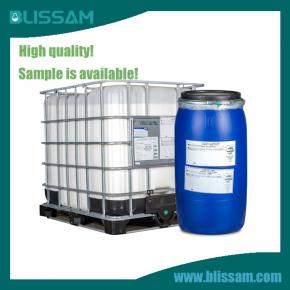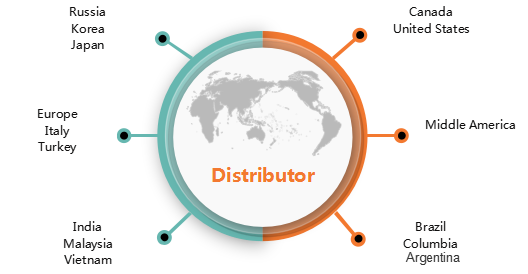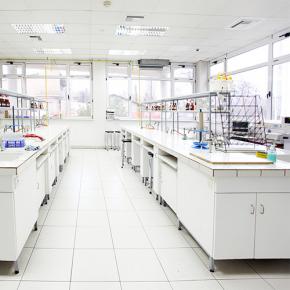Foam is a pervasive problem in many industrial processes, from water treatment and food processing to paper manufacturing and paint production. Excessive foam can lead to inefficiencies, product defects, and equipment damage. This is where defoamers come into play. As a leading chemicals manufacturer, BLISSAM provides high-quality defoamers to help industries manage and eliminate unwanted foam. This comprehensive guide will explain what defoamers are, their types, applications, and how to choose the right one for your needs.
A defoamer, also known as an anti-foaming agent, is a chemical additive designed to reduce and prevent the formation of foam. Foam can be problematic in various industrial processes as it can hinder operations, cause overflow, and affect product quality. Defoamers work by destabilizing the foam bubbles, causing them to coalesce and collapse, thus eliminating the foam.

Types of Defoamers
Defoamers are categorized based on their composition and the mechanism by which they disrupt foam. The main types of defoamers include:
1. Oil-Based Defoamers
Oil-based defoamers are composed of a carrier oil, such as mineral oil, vegetable oil, or white oil, combined with hydrophobic particles like silica. These defoamers are effective in both preventing foam formation and breaking down existing foam.
Advantages: Effective in high-foaming systems, good spreading capabilities.
Disadvantages: May leave oil residues, less effective in high-temperature environments.
Water-based defoamers are emulsions of oils or waxes in water. They are suitable for applications where oil residues are undesirable.
Advantages: Environmentally friendly, low residue.
Disadvantages: May require frequent reapplication, limited effectiveness in some systems.
Silicone-based defoamers use silicone oils and hydrophobic silica to disrupt foam. They are highly effective in small quantities and work well in a wide range of temperatures and pH levels.
Advantages: Highly effective, low usage rates, temperature stability.
Disadvantages: Higher cost, potential for silicone residues.
Powdered defoamers are dry formulations that can be added to solid products or used in systems where liquid defoamers are impractical.
Advantages: Easy to handle and store, suitable for dry systems.
Disadvantages: Limited dispersion in liquid systems, may require pre-mixing.
These defoamers are polymers that reduce foam formation in systems with high shear forces, such as in paints and coatings.
Advantages: Effective in high-shear environments, good compatibility with various formulations.
Disadvantages: Can be expensive, may require precise dosing.

Defoamers are used in a wide range of industries to control foam and improve process efficiency. Some key applications include:
In water and wastewater treatment plants, defoamers are used to prevent foam formation in aeration basins, clarifiers, and filters. Excessive foam can interfere with the treatment process and cause operational issues.
Foam can be a significant issue in food and beverage processing, affecting the quality and consistency of products. Defoamers are used in fermentation, bottling, and cooking processes to maintain product quality.
In the pulp and paper industry, foam can disrupt the production process and lead to defects in the final product. Defoamers are used to control foam in pulp washing, bleaching, and paper machine systems.
In the production of paints and coatings, foam can cause surface defects and reduce the quality of the finish. Defoamers are added to formulations to prevent foam formation during mixing and application.
In chemical manufacturing, foam can affect the efficiency of reactions and the purity of products. Defoamers help maintain optimal conditions for chemical processes by controlling foam in reactors and mixing tanks.
In the oil and gas industry, defoamers are used to control foam in drilling fluids, production systems, and refining processes. Foam can reduce the efficiency of separation processes and cause equipment issues.

Choosing the right defoamer for your application involves several considerations:
Understanding the nature of the foam in your system is crucial. Consider factors such as the foam's stability, the size of the bubbles, and the conditions under which it forms. This information will help you select a defoamer with the appropriate properties to address the foam effectively.
Ensure the defoamer is compatible with your system's chemicals and operating conditions. For example, silicone-based defoamers are suitable for a wide range of temperatures and pH levels, while water-based defoamers may be more environmentally friendly.
Consider how the defoamer will be applied to your system. Liquid defoamers can be dosed directly into the process, while powdered defoamers may require pre-mixing or specific dosing equipment. Choose a form that is easy to handle and apply in your specific setup.
Evaluate the environmental impact of the defoamer, including its biodegradability and potential residues. Opt for eco-friendly formulations, especially in applications where environmental regulations are stringent.
While the initial cost of the defoamer is a factor, consider its overall cost-effectiveness. This includes its efficiency in controlling foam, the dosage required, and any potential impact on product quality or process efficiency. A higher-cost defoamer that is highly effective at low doses may be more economical in the long run.
Before fully integrating a defoamer into your process, conduct small-scale tests to validate its performance. This will help you fine-tune the dosage and application method, ensuring optimal foam control without adverse effects on your system.

Defoamers are essential for managing foam in various industrial processes, ensuring efficiency, product quality, and equipment longevity. BLISSAM offers a wide range of high-performance defoamers tailored to meet the specific needs of different industries. By understanding the types, applications, and selection criteria for defoamers, you can make informed decisions to enhance your operations and achieve optimal results.
Tags: Silicone Fluids
Contact:
Phone: +86-15957191858
E-mail: info@blissam.com
Whatsapp:+8615957191858
Add: A647, No. 9, Xiyuan Road, Xihu District, Hangzhou, Zhejiang, China
We chat
